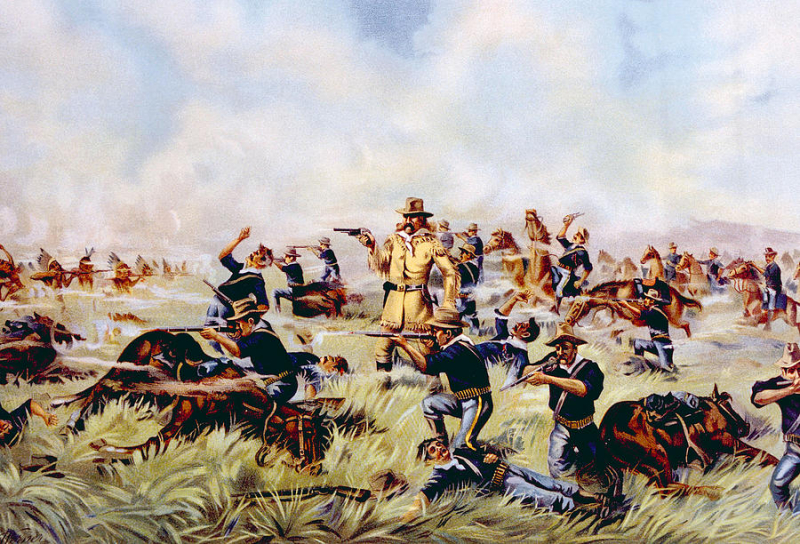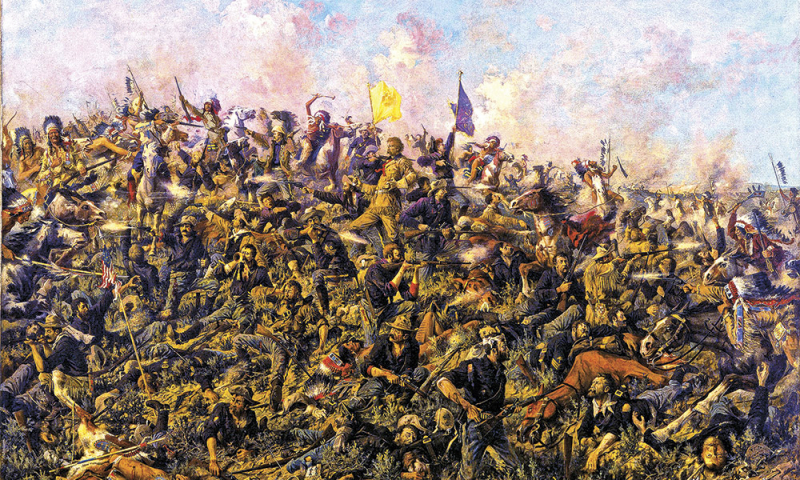Custer’s Last Stand

The thunder of hoofbeats and a booming horn have become recognizable to moviegoers as the unmistakable sound of the cavalry riding in to save the day. Hollywood has deliberately misrepresented the facts regarding George Armstrong Custer, despite the fact that this action is a tried-and-true crowd-pleaser.
Custer, who attained the rank of brevet-general during the Civil War, tried to improve his reputation by recasting himself as a valiant Indian warrior. He excitedly accepted the position, dressing in a self-made uniform that included a buckskin jacket, a red sash, and a scarf in the same color. Coco Channel would have surely counseled him to dial it back if she had been living at the time.
Custer conducted a number of raids on Native American settlements in the Montana Territory in 1876, killing women and children in the process. The egotistical officer then made the poor choice to engage Sitting Bull and Crazy Horse's alliance of Lakota, Northern Cheyenne, and Arapahoe warriors. Big error.
The US 7th Cavalry Regiment would be completely destroyed by Custer's careless actions at the Battle of Little Big Horn. In the end, he was responsible for one of the most resounding defeats in US military history, killing not only himself but also two of his younger brothers, a nephew, and a brother-in-law.











